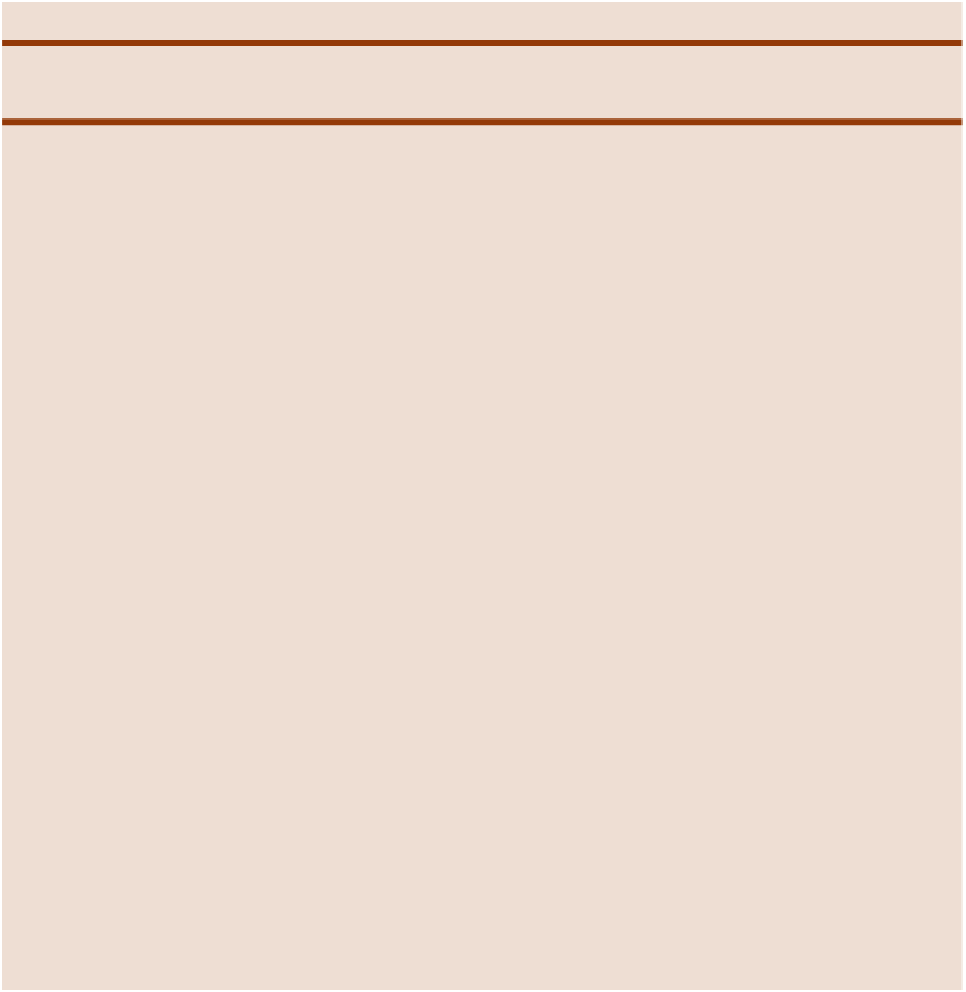Agriculture Reference
In-Depth Information
Results and Discussion
Generally, the historic rubbers performed well and cut relatively easily to form
sharp arrises and revealing only minor inclusions. The results of the tests are
given in Tables 4 and 5, and the findings summarised below:
Table 4
Results of practical tests on cutting historical rubbing bricks.
Name
Location of
Date
Type of
Colour
Observations by the
Duration
bricks or building
brick
bricklayers
of cut
source
(min:sec)
Wheeler's
Originally from
c.
1868
Voussoir
Cherry
Dense smooth and
ES 0:58
Rubber
Berkshire
moulding
red
relatively hard to cut
GL 0:48
St Pancras
Arrisses very crisp
station
Very few inclusions
Wheeler's
St Pancras station
c.
1868
Ashlar
Orange
Dense, smooth, easier
ES 0:58
Rubber
cut. Polished texture
GL 0:50
Fine arrisses
Few inclusions
TLB Cherry
Bracknell (Berks.)
c
.1887
Squint
Darker
Light, open textured
ES 0:27
Red
From authors
quoin cut
red than
feel. Not as dense as
GL 0:20
collection.
moulding
TLB
Wheeler's Rubber
Originally from
Orange/
Holds good arrisses
Bedford Park
Red
(but not as good as
rubber
Wheeler's Rubber)
Not many inclusions
but gave scratch marks
when rubbed
Unusually regular
striations from
bow saw
TLB Orange
Bracknell (Berks.)
c.
1960
Rubbing
Orange
Beautiful, light open
ES 0:22
Red
From authors
block
texture
GL 0:20
collection
Slightly less crisp arrisses
AL 0:35
than the Cherry Red TLB
DW 0:45
Hardly any air pockets or
DD 0:20
inclusions
Unknown
Warfield House,
c
.1740
Cornice
Light
Very fine dust.
ES 0:28
(Berks.). In the
moulding
orange
On rubbing, surface
GL 0:18
immediate
(similar
revealed many air
location of
to the
pockets and an almost
TLB works,
niche
marbled appearance
but prior to
TLBs)
with unbroken clay
production
nodules
of TLBs
Light feel
(when clay
Arrisses good, rubbed
would have
well
(Continued
)


